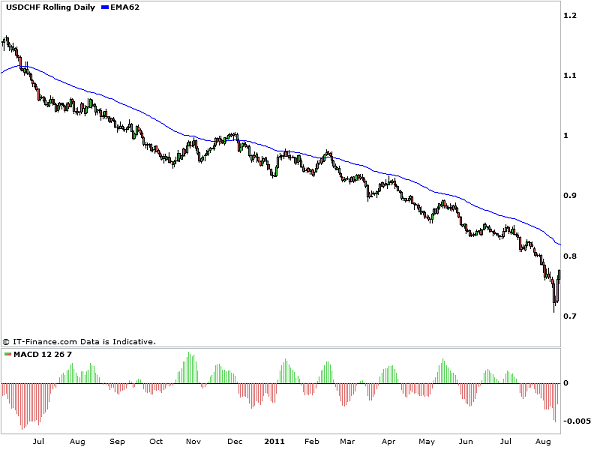Risk management is an absolutely essential requirement to becoming successful in forex trading. It is quite possibly the single most important discipline for a trader to develop and can make even the most average trading strategy potentially very profitable. Risk management is closely linked to creation of wealth, considering the fact that minimising losses allows profits to be less frequent in order to increase your account size. Although this seems straightforward enough and perhaps could be considered the mythical ‘holy grail’ of trading, the reality of applying strict risk management in the emotional and exciting world of forex trading is something that often prevents new traders applying the basics of risk management.
The concept of risk management is defined as the difference between simply gambling with the markets, occasionally making a profit but more often losing more than this, and trading as a business. The excitement associated with forex trading, the adrenaline and the knowledge that the deposit in your account is surplus cash that you can enjoy reinforces the temptation for bad risk management. Focusing on trading from a business perspective, allows a trader to focus more on the preservation of their deposit capital as the overriding concern when entering and exiting a position. The business would be a very short-lived venture if it was allowed to blow its entire account within three trades even if the potential payouts for a winning position would have many multiples of the account value. The risk-conscious trader will look for high probability trades and at the same time be aware of the necessity to preserve their capital as much as is possible and their exposure to the market will reflect this.
There are several aspects to successful risk management and one of the most obvious key areas is position sizing. The most successful traders will always start with the knowledge that they will not risk more than between 2-3% of their trading account on any one trade. This may sound incredibly small but the logic is that they would have to go on a losing streak of 45-50 trades in a row in order to blow their account. Although this is possible, it also guarantees that, from the start the trader knows that they will be able to continue trading regardless of the outcome. New traders often make the mistake of seeing what they consider as a high probability set-up and throwing a large portion of their account at it in order to gain the big reward. Unfortunately, this cannot work out every time and at some point they will loose this large portion of their account as a statistical inevitability.
Another factor which influences risk management is discipline. Unless a trader wants an equity curve looking like the JPY on Monday morning, this is something which has to be mastered across any form of speculation where probabilities are the only reliable aspect. Many find it difficult or impossible to admit that they have got a trade decision wrong and cut their losses whilst they are still relatively small and insignificant. The temptation to allow the ego to take over and throw money at a losing position because the trader must be right, all the time accruing higher losses as the trade moves even further away from their entry price, is a syndrome which affects every trader at some point. The discipline to exit at the pre-planned stop-loss level sounds like a simple and straightforward tactic but in the heat of the moment it can be an obstacle to progress and damaging to the account.

Comments (No)